For many of us, our first encounter with a bra wasn’t a positive one. I remember seeing my grandma’s size 38DDD hanging on the bathroom doorknob, glaring at me as I walked by. And then in the third grade when I actually needed one, I smiled all day imagining a delicate, blush pink, soft, barely-there training bra I’d pick out at the local department store- none of which describes the one I actually got!
After being measured, the sales lady said I would have to skip the trainer and go to the real thing, holding up a stark white, stiff, wired object. I almost burst into tears as I headed into the dressing room. The following week at school consisted of lots of strategic maneuvering in order to scratch my back up against my seat, asking to use the bathroom several times and flinging that thing off the minute I got into the car.
But imagine what women endured hundreds of years ago, after the first major shift in undergarments was introduced in the early sixteenth century, flattening and pushing the breasts upwards, almost to the point where they were falling out of their dresses. In the late eighteenth century, the corset progressed to an early form of what we’d now call a girdle, forcing the hips outward and the torso forward. Finally, the corset was split into two in 1869- one garment supporting breasts by means of straps and the lower part a corset for the waist.
The word brassiere was born in 1907, officially making it into the Oxford English Dictionary in 1911. But even almost 40 years after the modern bra was split from the corset, there were still many issues with comfort, until the first made for comfort bra was invented in 1910, complete with silk handkerchiefs and ribbons.
In the 1920s, women ditched corsets for bandeau tops as a result of the flapper trend. In the 1930s, the word brassiere was officially shortened to “bra” and cup sizes A through D were born, along with the addition of adjustable bands and hook-and-eye closures. By the 1940s through the 1950s, cups took shape in the form of the World War II inspired torpedo and pointier styles that gave the illusion of a fuller bust, made famous by Marilyn Monroe. The first push up bra was born in 1964, lifting and pushing the bust line together, and thanks to movies like The Graduate, styles became sexier with the addition of animal prints and lace in the 1960s. In 1977, the first sports bra was introduced and during the 80s through early 2000s, more fit options, innovative fabrics and styles like the strapless, one strap, cross-back and a resurrection of the corset emerged.
Fast forward to today’s plethora of bras, and what women want is still the same: practical, beautiful, quality options. Whether I’m shooting in a basic tee, a formal dress, or doing my best to keep up with Narayan on the playground, I need a bra that fits well and functions amazingly.
Enter one of the most historically innovative bra manufacturers in the world, Vanity Fair lingerie. For nearly 100 years, Vanity Fair has provided women with practical bras that support, lift and function beautifully in sizes 34B – 44DDD.
I’m excited to serve as an ambassador for the brand over the next three months, sharing key brand initiatives, reviews on fit and function, as well as a special partnership with Dress for Success- a charity I’m proud to be personally affiliated with over the past two years.
To kickoff my ambassadorship, I’m hosting a giveaway in honor of Vanity Fair’s Women Who Do initiative, dedicated to praising and celebrating everyday triumphs of women like all of you, doing incredible things- running businesses, families, government and so much more. The prize includes three of Vanity Fair’s most innovative bras for one reader and a friend. (My personal favorite is the Beauty Back Lace Full Figure and Beauty Back Lace Full Figure Front-Close pictured).

To enter the giveaway, comment below, explaining what incredible things you’re doing in your everyday life, in honor of the Women Who Do initiative.
Note: The contest is open to US residents only, from 9/7 through 9/23 at 11:59 pm PST. The winners will be announced in October in the next Vanity Fair post, so stay tuned!
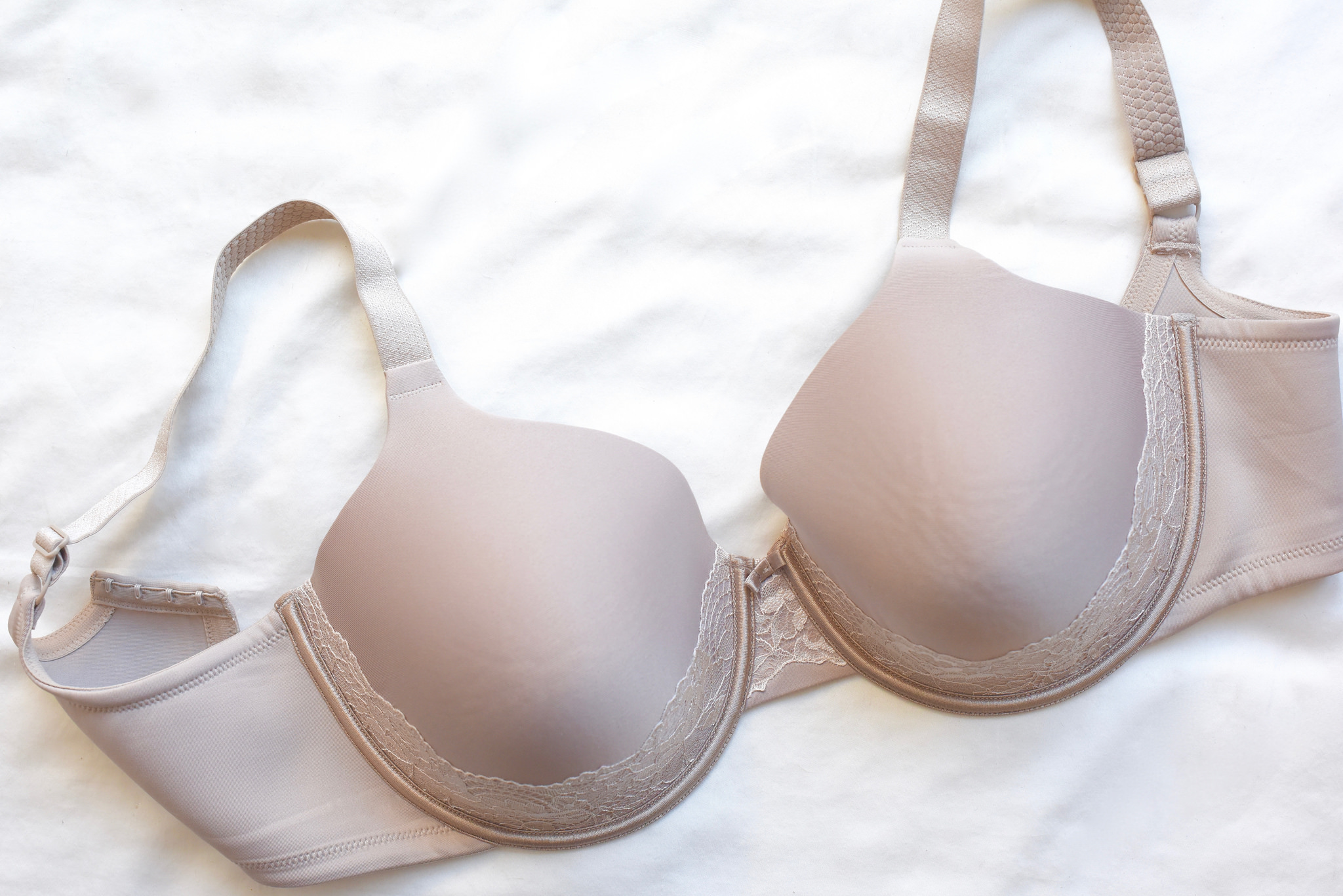



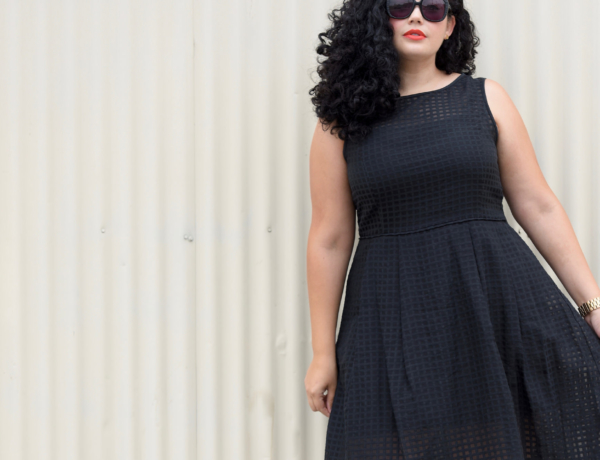
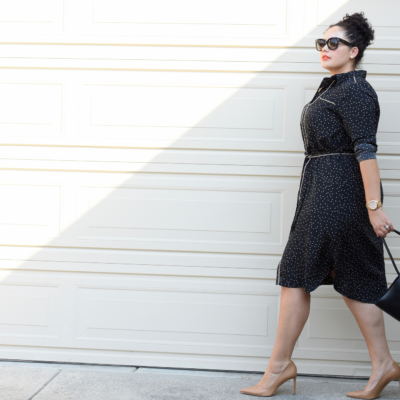



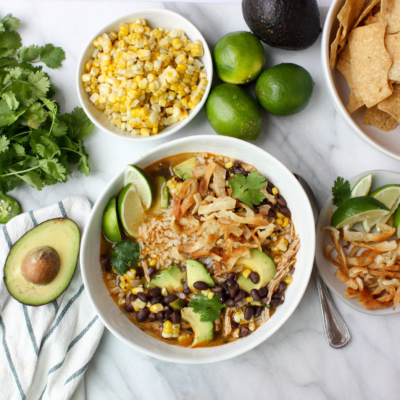
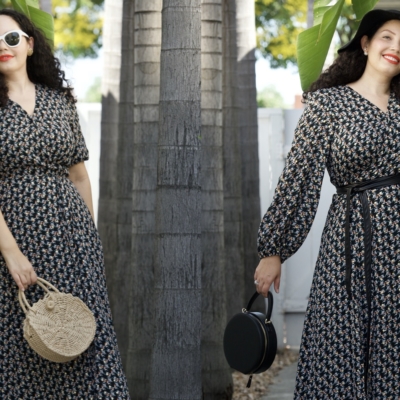
TAGS: bras, lingerie, projects